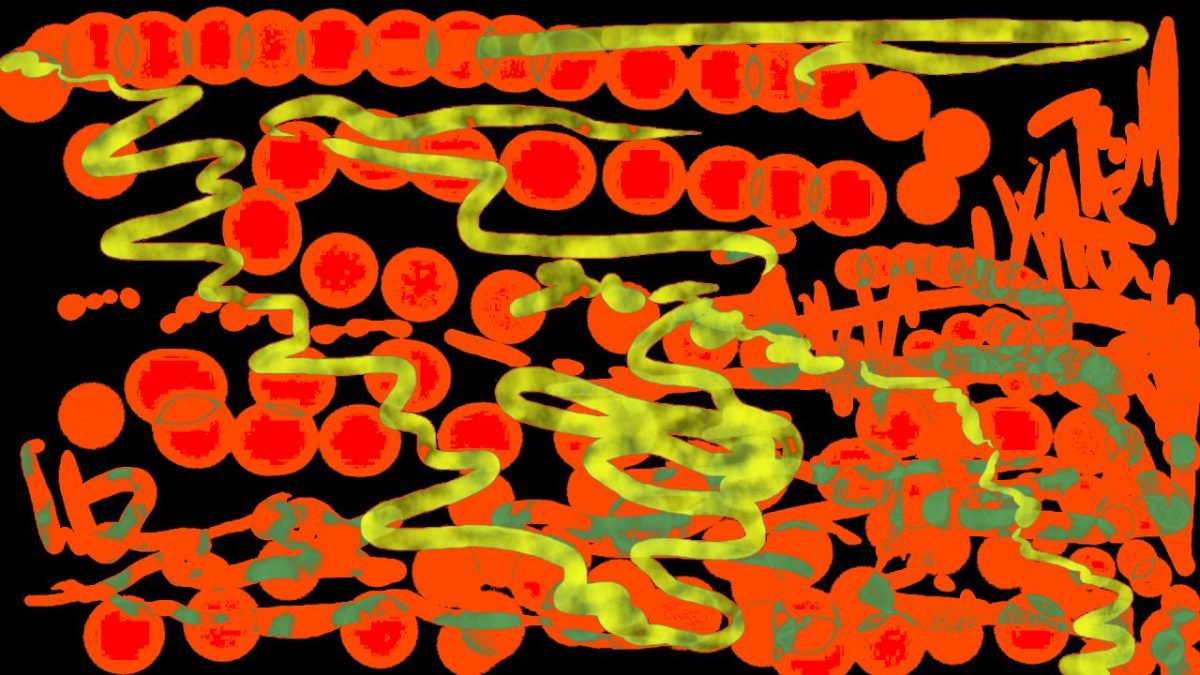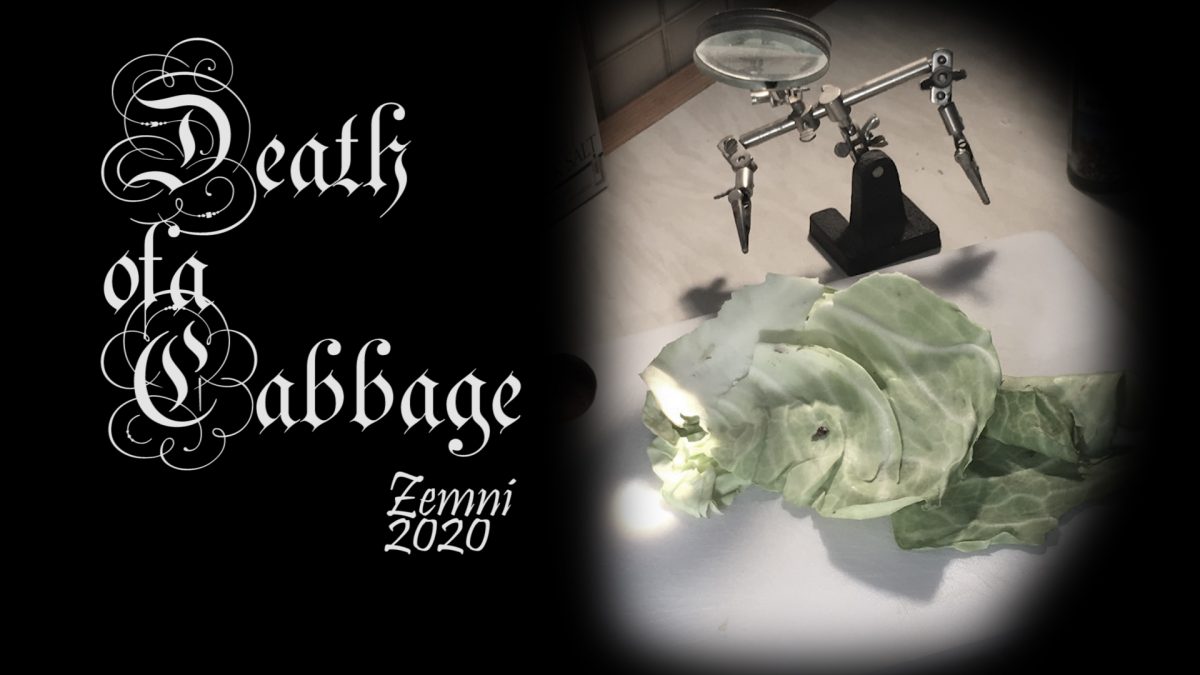-
E2.5: Sound and Image animatic: Summertime

Visual Music “All of a sudden it hit me – if there was such a thing as composing music, there could be such a thing as composing motion. After all, there are melodic figures, why can’t there be figures of motion?” Len Lye, edited by Roger Horrocks and Wystan Curnow, Figures of Motion (1984)Auckland University…
-
E2.2-2.3: Death of a Cabbage revisited: animatic and sound track

Animations can be silent. Early cinema and animation were silent, or intended for live sound/music accompaniment. Video artists like Stan Brakhage have focused on producing animations without sound. However most animation uses sound in different ways to accompany, enhance or contrast/question the visuals. See: Research 1.5 Observing Emotion Research 2.2 Debate on the use and…